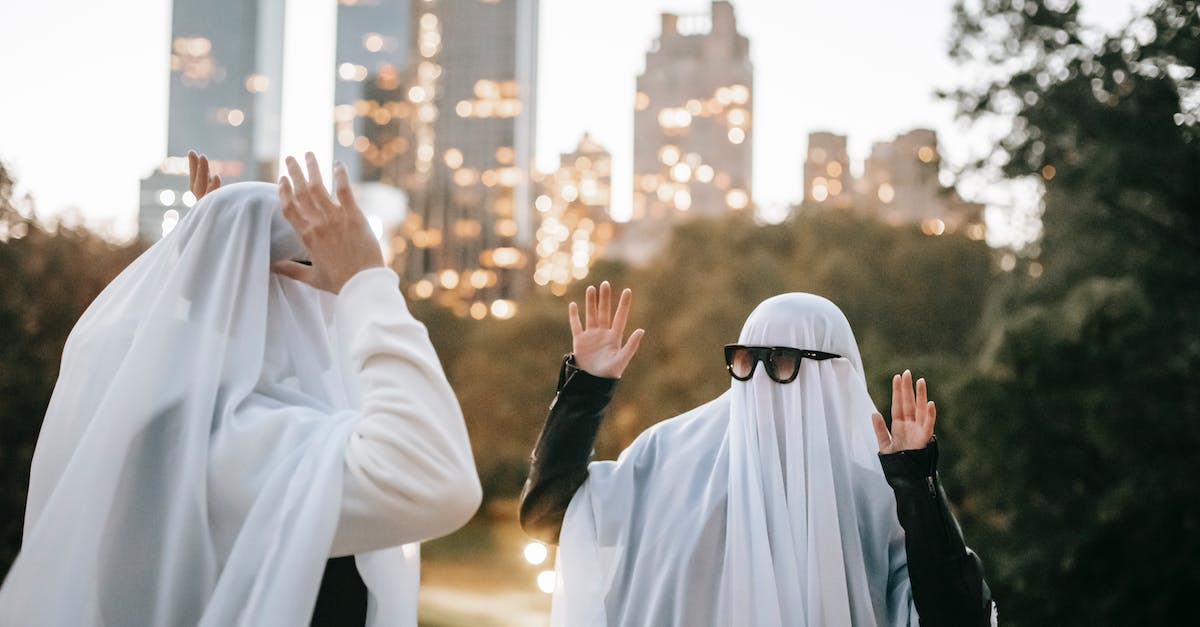Why is ‘The Exorcist’ Rated R? Unveiling the Terrifying Factors Behind the Film’s Restricted Classification
Why is ‘The Exorcist’ Rated R?
Unveiling the Terrifying Factors Behind the Film’s Restricted Classification
If you’re a fan of horror movies, then there’s a good chance you’ve heard of the iconic film ‘The Exorcist.’ Released in 1973, ‘The Exorcist’ quickly became a sensation, terrifying audiences around the world. The film’s director, William Friedkin, aimed to create a chilling and realistic portrayal of demonic possession. However, due to its intense and disturbing content, ‘The Exorcist’ was given an R rating by the Motion Picture Association (MPA). Let’s delve into the reasons behind this restricted classification and explore the factors that make ‘The Exorcist’ such a terrifying cinematic experience.
The Graphic and Disturbing Scenes of Possession
One of the main reasons ‘The Exorcist’ received an R rating is its portrayal of graphic and disturbing scenes of demonic possession. The film pulls no punches when it comes to showcasing the horrifying transformation of the young girl, Regan MacNeil, as she becomes inhabited by a malevolent entity. From her grotesque physical contortions to her profane and vulgar language, the film spares no detail in depicting the terrifying reality of possession. These moments of intense horror create a deeply unsettling and visceral experience for the viewer.
The Psychological Impact on Characters
Aside from the visceral horror elements, ‘The Exorcist’ also explores the psychological impact on the characters involved. The film delves into themes of faith, doubt, and the battle between good and evil. As the demonic presence takes hold of Regan’s body, the characters around her, particularly the priests tasked with performing the exorcism, are confronted with their own doubts and fears. They question their beliefs and struggle to maintain their composure in the face of an unimaginable evil. This psychological depth adds another layer of terror to the film and contributes to its R rating.
The Intense Atmosphere and Cinematic Techniques
In addition to its graphic content and psychological impact, ‘The Exorcist’ is known for its intense atmosphere and the effective use of various cinematic techniques. The film relies heavily on its haunting soundtrack and expertly crafted visuals to create an atmosphere of fear and unease. From the chilling musical score to the use of shadows and lighting to heighten tension, ‘The Exorcist’ maintains a constant feeling of dread throughout its runtime. These cinematic techniques contribute to the film’s overall impact and help solidify its R rating.
The Cultural and Religious Sensitivities
Another factor that contributed to the R rating of ‘The Exorcist’ is the film’s exploration of religious and cultural sensitivities. The movie deals with themes of Christianity and demonic possession, which can be deeply unsettling for some viewers. The explicit portrayal of religious rituals and the clash between good and evil forces may offend or disturb individuals with strong religious beliefs. The film’s intent to push boundaries and provoke deep emotions makes it unsuitable for younger audiences and contributes to its restricted classification.
In Conclusion
‘The Exorcist’ is a groundbreaking horror film that remains a classic in the genre. Its R rating is a result of the film’s graphic and disturbing scenes of possession, the psychological impact on the characters, the intense atmosphere, and the exploration of religious and cultural sensitivities. While the film may not be suitable for all viewers, its lasting impact serves as a testament to its ability to terrify and unsettle audiences. Whether you’re a fan of horror or simply interested in exploring iconic films, ‘The Exorcist’ is guaranteed to leave a lasting impression.
FAQs
1. What is the rating of the movie “The Exorcist?”
The movie “The Exorcist” is rated R.
2. Why does “The Exorcist” have a restricted classification?
“The Exorcist” has a restricted classification because of its terrifying and explicit content.
3. What factors contribute to the restricted classification of “The Exorcist”?
Several factors contribute to the restricted classification of “The Exorcist,” including intense scenes of demonic possession, graphic violence, and disturbing imagery.
4. Are there any specific scenes that led to the R rating?
Yes, “The Exorcist” contains several specific scenes depicting graphic physical and psychological trauma, which contributed to its R rating.
5. What age group is the R rating recommended for?
The R rating is recommended for viewers aged 17 and above, as it may contain content not suitable for younger audiences.
6. Can children watch “The Exorcist” with parental guidance?
Considering the intense and explicit content of “The Exorcist,” it is generally not recommended for children to watch, even with parental guidance.
7. What are some specific examples of the terrifying factors in “The Exorcist”?
Some specific examples of the terrifying factors in “The Exorcist” include depictions of demonic possession, the use of religious symbolism, and disturbing physical transformations.
8. Are there any psychological elements in “The Exorcist” that contribute to its restricted classification?
Yes, psychological elements such as the exploration of fear, psychological trauma, and the battle between good and evil contribute to “The Exorcist” being classified as restricted.
9. Does “The Exorcist” include any sexual content?
Yes, “The Exorcist” includes some sexual content, which also contributes to its restricted classification.
10. What are some other films with a similar restricted classification?
Films similar to “The Exorcist” with a restricted classification include horror classics like “The Shining,” “A Nightmare on Elm Street,” and “Rosemary’s Baby.”




































